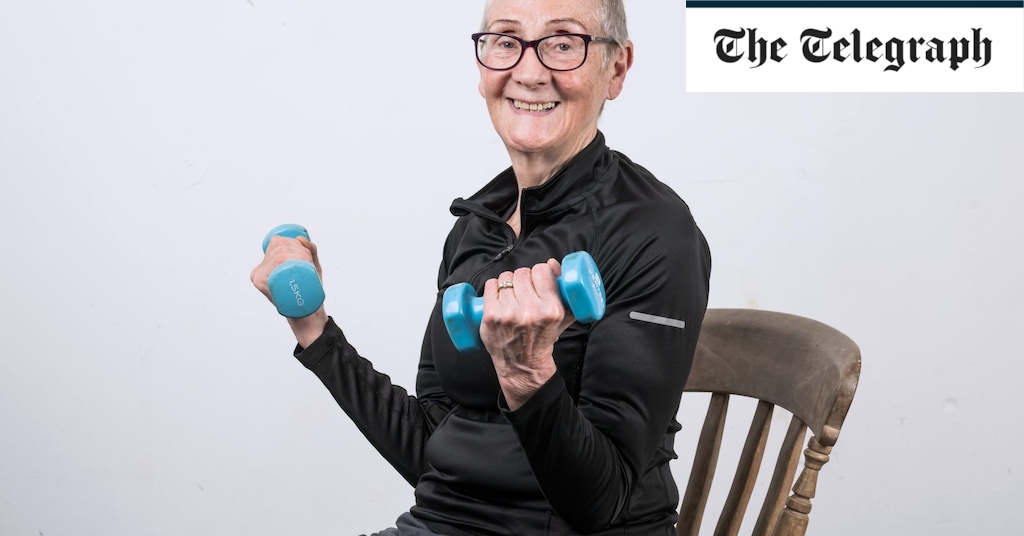Gradually increase the distance of your walks
For those looking to strengthen their heart and lungs, walking is a good place to start. Quinn advises avoiding high-intensity exercise. “It’s the older demographic that’s most likely to have cardiovascular attacks, arrhythmias, and atrial fibrillation. The heart is also aging. I would emphasize duration and frequency over intensity.”
Walking is underrated, adds Mares: “It helps build leg strength and balance. Walk at a fairly brisk pace. Take a stopwatch with you on a walk and time how far you go before you feel like stopping. Record the time. If 10 minutes is your baseline, slowly increase the time – 11 minutes next time – until you’re able to walk for 30 minutes at a moderate pace.” She recommends walking every other day until you can walk 25 minutes, and then every day after that.
According to a study conducted by an Oklahoma-based team, “Brisk walking for 30 minutes per day for five days can reduce the risk of many age-related diseases. In addition, low-intensity exercise such as walking has anti-aging effects and helps prevent age-related diseases.”
Put milk in your coffee or cheese in your wine
Professor Mary Hickson, from the Department of Nutrition at the University of Plymouth, says the trendy superfoods that sometimes catch our eye are not the answer. When we reach our 70s and 80s, our sense of taste and smell can become weaker, which can lead to a loss of appetite. This means we’re likely to eat smaller meals than we used to, but they need to be more nutritious. “The ideal plate is half vegetables, a quarter protein and a quarter carbohydrates.”
It’s not entirely clear at present how much protein older people need: “There is some debate about protein and older people, but there seems to be a growing consensus that older people need more protein.” A study from the University of Sheffield found that many older people don’t get enough protein: “More than half of older people don’t eat enough protein to meet national recommendations.”
“Younger adults are recommended to get 0.8 grams of protein per kilogram of body weight per day, while older adults should increase this to 1.2 grams per kilogram of body weight as they get older,” says Hixson. A 90-gram serving of chicken breast contains 24 grams of protein, but Hixson points out that many foods contain small amounts of protein that add to the overall score – a slice of toast, for example, contains 2.5 grams of protein.
For active people, the carbohydrate component is particularly important: “Complex carbohydrates are best as they break down more slowly than sugar, which causes a blood sugar spike,” adds Professor Hixson. “Wholegrain breads, cereals and pasta are all good choices and should be eaten at every meal.”
If brown rice and chicken breasts seem a bit spartan to you, Hixson says two to three cups of coffee a day is fine, and sweets are allowed, too, as long as they’re consumed in moderation. Alcohol is also OK, up to 14 units a week, but he warns against dehydration: “Older people have less fluid in their bodies so are more susceptible to dehydration, and alcohol has a greater impact on them.” Add milk to your coffee or cheese to your wine. Calcium is important for bone health, and British Dietetic Association guidelines recommend three servings of dairy products a day.

